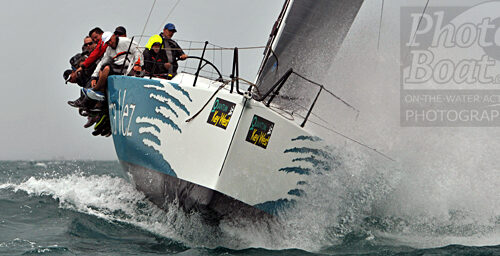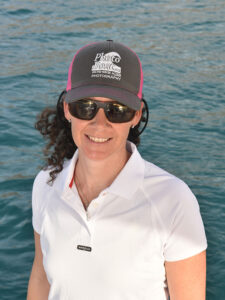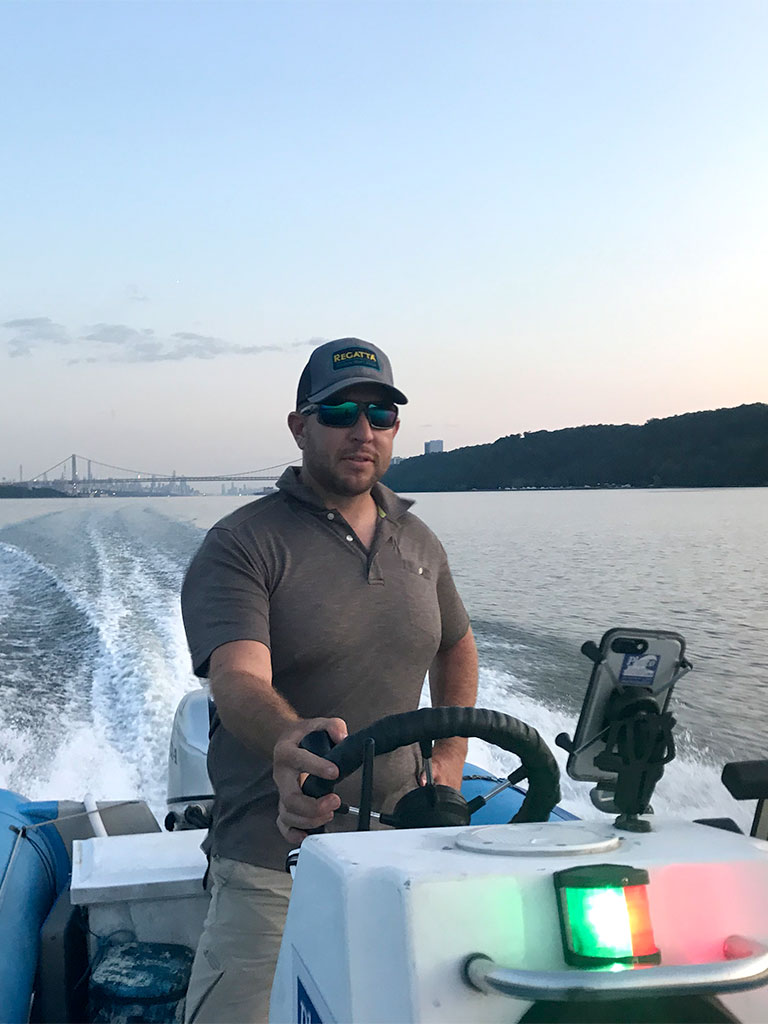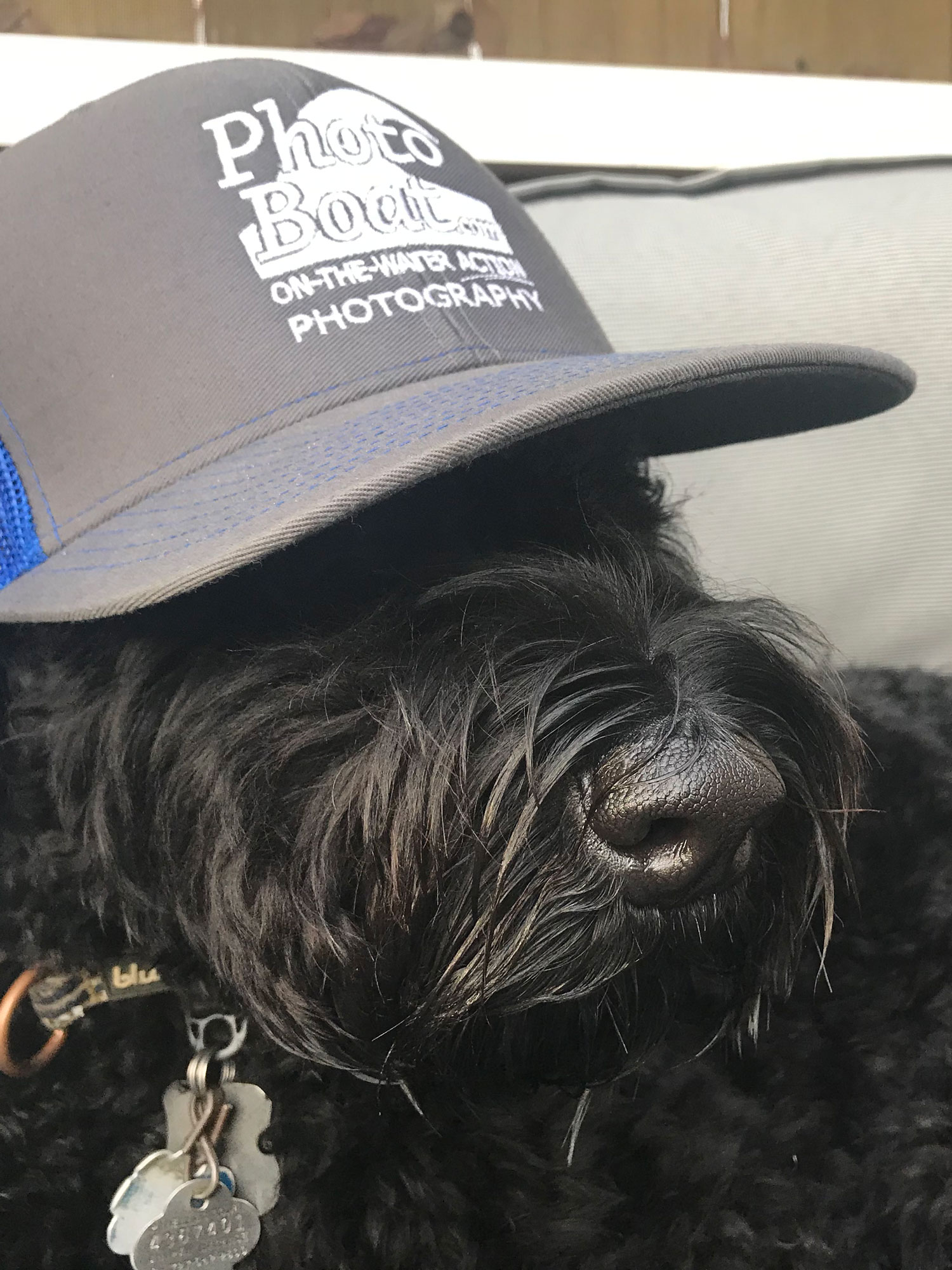It’s late July and we’re in the prime of junior sailing season around the United States. Summer sailing programs last a maximum of 10 weeks, more commonly 8 or fewer. For many of those young sailors who live in cold-winter climates, this is it; these two months will be packed full of learning, adventures, challenges, and triumphs, with no chance to repeat and extend upon until next summer. Parents, catch them while you can. If you don’t have a professional photographer on the water capturing the action, you may want to take some photos yourself. Here are some tips for success in photographing your kids on the water.
- Capture the boat and your child heading towards you: Sure, lots of angles can work, but this is the best. Photos with the boat and sailor heading straight at the camera are the most dramatic. Plus, it’s better to see your child’s face than the side or back of his or her head.
- Stay “up-sun”: Just like you normally don’t want to take backlit photos of people on land, the same goes on the water. It can be a little harder to recognize on the water when the sun is high in the sky, though. Plus, you have the added variable of the large sail that can shade your subject. A good trick for figuring out the best mark to shoot from before it’s too late: choose one and position yourself in a spot where the boats will be heading towards you as they approach the mark. Look at the buoy. Is the side facing you in sun or shade? If it’s in the shade, this is likely not the right place to be because you’ll end up with photos of bright white sails and barely-visible faces in shadows.2014-Valentines-Regatta-B-395
- Use a telephoto lens: Distance from the subject is by far the most common problem for parents. If you’re taking photos in a regatta environment, you can’t get too close. In fact, you can’t get anywhere near the course. Justifiably so…you wouldn’t want other parents 2014-Valentines-Regatta-B-1260to interfere with the racing and neither should you! So you’ll need a digital SLR and a decent telephoto lens. Like with most things, the more you spend, the better your results. With a consumer DSLR (1.5x sensor), a 200 mm lens would be the minimum we would recommend. A pretty good consumer-level combination as such would run about $1500. But a 300 mm or 400 mm would be much better. Which shot is more dramatic: the one at the top of the page or the one to the right? The one on the right isn’t a bad memento, but if you want a close-up, you’ll need a telephoto lens.
- Shoot fast: Your subject is moving and you’re moving too. If you shoot at a shutter speed of at least 1/500th of a second, you’ll improve your luck in getting an in-focus and sharp photo.
- Capture movement: Especially if there isn’t a lot of wind – often the case in summer junior sailing regattas – try to wait until your child engages in some sort of movement. The photo at the top of the page shows the end of a roll tack and is probably the most action we saw the day we took this. Other motions to capture in a junior regatta: sheeting in, raising the spinnaker, rounding a mark, or pulling up the daggerboard.
Of course there’s a lot more to it, or we professionals wouldn’t have a job! However, these tips will certainly help you improve your results when we’re not around.
Like this kind of stuff? For a much more in-depth look at boat photography composition, complete with explanations of our tricks of the trade as well as lots of examples of what not to do, what to do, and our favorite angles for shooting sailboats, read our first ebook: Composition Tips for Boat Photography. You can also sign up for our network to receive information about upcoming books, training opportunities, and for more serious shooters, maybe even referrals.





